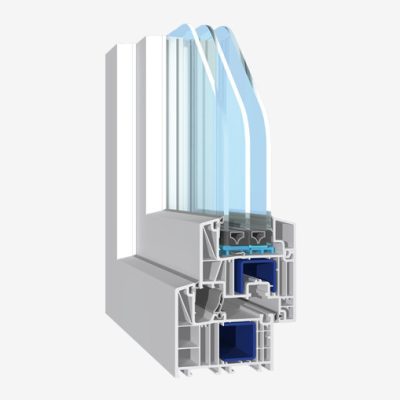
Passive house construction is becoming increasingly popular every year. This is due to the growing environmental awareness in society and the development of technologies that save energy and thus reduce bills. It would seem that passive houses are the ideal solution and will soon dominate the construction industry. Unfortunately, passive houses are not for everyone… Why?
The answer is simple – the standards and requirements that a building must meet in order to be considered passive are so detailed and restrictive that not every investor is able to meet them. Passive houses are buildings that are designed to save energy but also to obtain it from the environment, without the use of traditional, active heat sources. In order for these conditions to be met, a suitably located plot of land is essential! Yes, the plot of land is the first factor that determines whether it is worth investing in a passive house. When is this the case?
Then, when the house would be located on a plot without tall trees on the south side, without very tall buildings adjacent to it that significantly shade the plot. In addition, it is worth finding out whether the zoning plan allows for such a location of the house on the plot in relation to the cardinal points, so that a living area with large windows can be located on the south side.
There are two ways to heat a passive house. Firstly, the ventilation system plays an important role by bringing heated air into the house. Secondly, the windows of the house are a very important source of thermal energy provided by the sun’s rays. This is why the windows in passive houses are very large and form a significant part of the building’s exterior wall. Windows for passive houses should have a triple-glazed unit filled with inert gas and be insulated inside the frame to prevent thermal bridges. The profiles themselves should be of the highest quality to ensure the stability of the entire structure, which, in the case of large-size passive windows, must bear a very heavy load. Passive windows should also have a solar transmittance coefficient of at least 50%. Read also:Standards for passive windows
To ensure that the interior receives enough sunlight, the largest windows should face south or southwest. In addition, they should not be obstructed from the inside so that nothing blocks the sunlight. External roller blinds or external venetian blinds are used to prevent rooms from overheating in summer. However, it is not enough that passive windows are suitably positioned. The insulation parameters of the windows are extremely important, and in this case they are very restrictive. Passive house windows have relatively narrow frames and very large panes of glass, which is why the coefficient for the glass itself seems more important. As a rule, however, the heat transfer coefficient for the entire window is taken into account, which for passive house windows is a maximum of 0.8W/m2K. By comparison, energy-saving windows have this index increased to 1.1W/m2K, which only shows that these are not the same concepts and that the passivity of windows is a “high end” in terms of energy efficiency.
What else is worth paying attention to?



